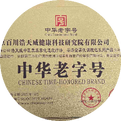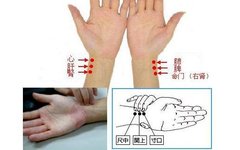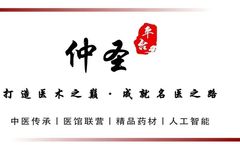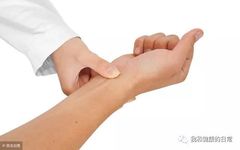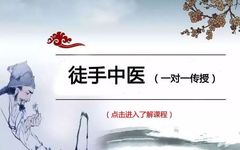Concepts of the Six Qi, Six Evils, and Five Pathogenic Factors in Traditional Chinese Medicine
The basic concepts of the Six Qi, Six Evils, and Five Pathogenic Factors: 1. Six Qi and Six Evils (1) Six Qi: The so-called Six Qi, also known as the Six Origins, refers to the six normal climatic conditions of wind (feng), cold (han), heat (shu), dampness (shi), dryness (zao), and fire (huo). The changes … Read more

